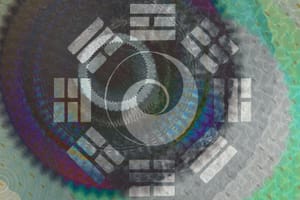The vocabulary surrounding internal alchemy needs to be clarified. What's the difference between Neigong, Neidan, Waidan, and Waigong?
Nei refers to the internal, and Wai refers to the external. Neidan is known as inner alchemy, and Neigong is known as inner work. While these terms may share some of the same practices, Neidan usually refers to the alchemy of the Three Treasures: Qi, Jing, and Shen. The same can be said for Waidan and Waigong. Waigong usually strengthens the physical self, and Waidan strengthens the external through a transformation (alchemy) process (mostly diet or herbs).
Transformation (alchemical) process of Qi, Jing and Shen.
Neigong and Waigong
Skill for working internally (Nei) or externally (Wai).
Some teachings or methods related to these terms:
- Neigong: Qigong, Taiji, Zhan Zhuang, Wuxing, Taiyi, Xingyi, Baguazhang.
- Neidan: Wuji, Zhan Zhuang, Baguazhang.
- Waigong: Hard Qigong, Iron Shirt, Sanda (Chinese Boxing).
- Waidan: Some Daoist Meditations, Herbal Medicine and Daoist Diet.
Most internal martial arts incorporate Neigong, which may have many additional related skills.
The Begin of Inner Cultivation
Daoism teaches us that true transformation begins by looking inward and cultivating our inner selves. These teachings involve purifying the mind of negative thoughts and emotions, nurturing positive virtues such as compassion, kindness, and empathy, and harmonising with the universe's natural order. When we align ourselves with the Dao, we begin to see the interconnectedness of all things and recognise that we are an integral part of the vast web of life. Living in harmony with the Dao can achieve true transformation and unlock our full potential.
Meditation, Non-Action and Stillness
At the core of Daoist philosophy lies the practice of meditation and stillness, which is believed to hold the key to inner transformation. This practice involves cultivating a calm and focused mind by clearing the clutter of day-to-day thoughts and distractions. By turning one's attention inward, individuals seek to attain a profound awareness and unity with the Dao, the fundamental force that underlies all of existence.
Meditation is a powerful tool that can open the door to the inner realms of consciousness, enabling individuals to explore their deepest thoughts, emotions, and beliefs. Through this practice, one can gain insights into the nature of their being and the world around them. It is a means of self-discovery that can lead to spiritual growth and a deeper understanding of the interconnectedness of all things.
Explore Zhan Zhuang (Standing Meditation)
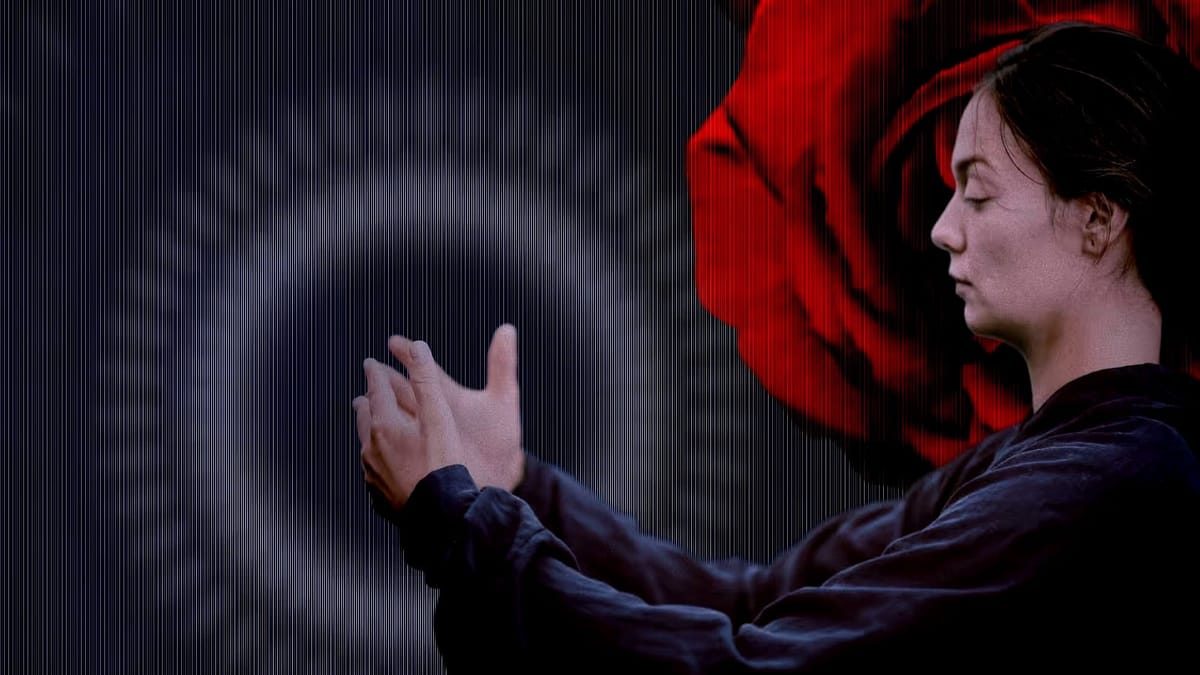
Our comprehensive guide on Zhan Zhuang offers a lot of detailed information on this ancient Chinese exercise. You will discover practical tips for perfecting your technique with step-by-step instructions and helpful illustrations to guide you through the correct postures. Additionally, our guide explores the physical and mental health benefits of Zhan Zhuang, the underlying philosophy behind the practice, and common mistakes to avoid. Our guide is the ultimate resource for enhancing your Zhan Zhuang practise no matter wether you are a beginner or advanced.
Online lessons on Zhan Zhuang
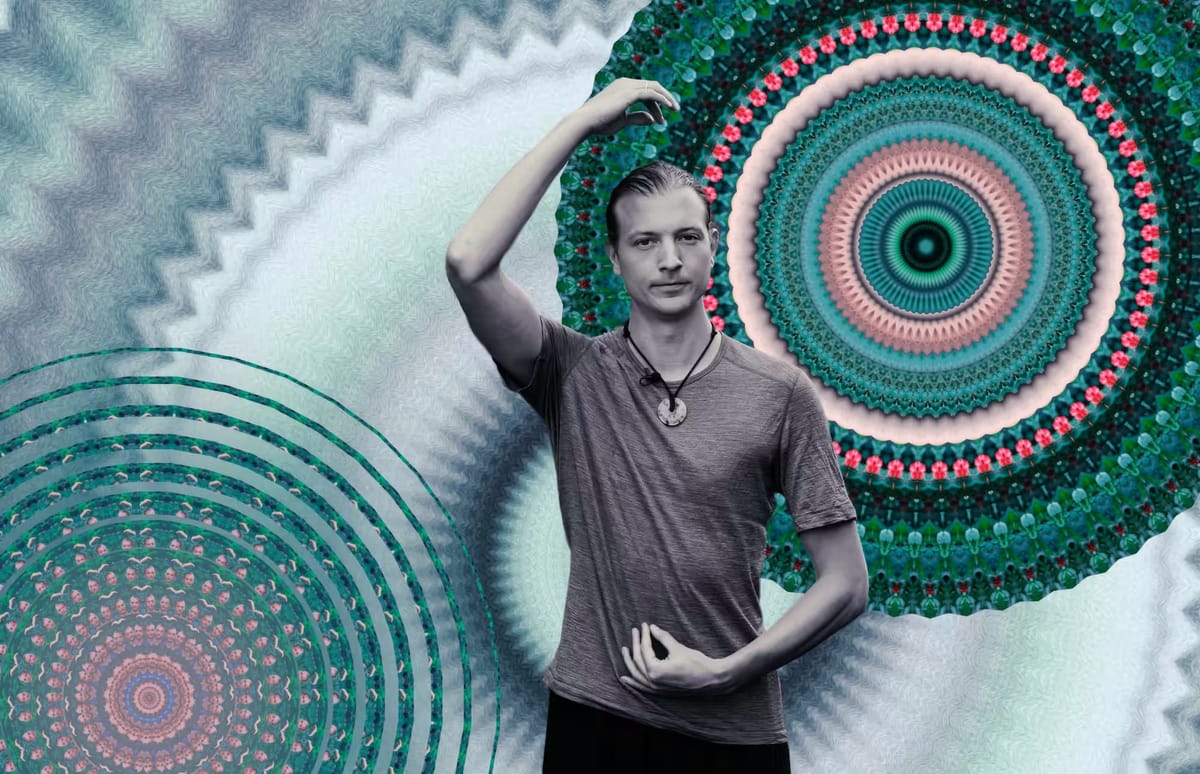
Daoist Inner Alchemy (Neidan)
Neidan (內丹術) is a complex practice that focuses on the transformation of your inner self, with the aim of achieving balance and harmony between Jing, Qi, and Shen.
At its core, Neidan is based on the belief that the human body is a microcosm of the universe, and the principles that govern the universe also apply to the human body. The practice is built on the concept of the three treasures: Jing, Qi, and Shen. These treasures represent the physical body, vital force, consciousness, and mental processes.
The transformative process of Neidan involves various practices, including meditation, breathing exercises, and visualisation, to cultivate and refine them. Learning to harness and transform your inner structure helps cultivate inner peace and balance.
Neidan and the Three Treasures:
Neidan draws parallels between the refinement of your whole being. The process of Neidan is often divided into three stages, each with specific techniques and skills. The first stage involves purifying the body; the second focuses on refining the energy, and the third focuses on cultivating the spirit.
Read more about the Three Treasures:
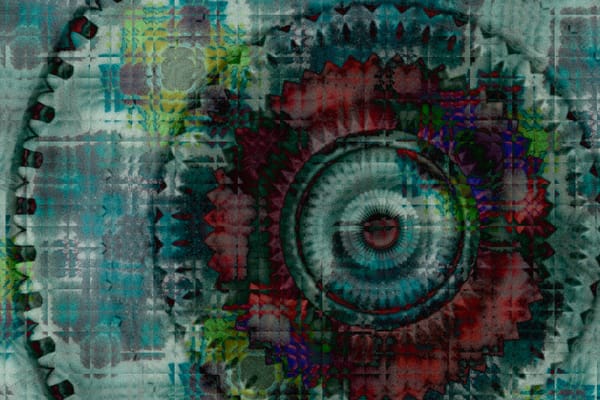
Neidan involves refining and cultivating our inner treasures. It helps us to achieve spiritual enlightenment and immortality by connecting with the natural rhythms of the universe. Through consistent self-cultivation, one may find one's entire spiritual potential by transforming oneself through this process.
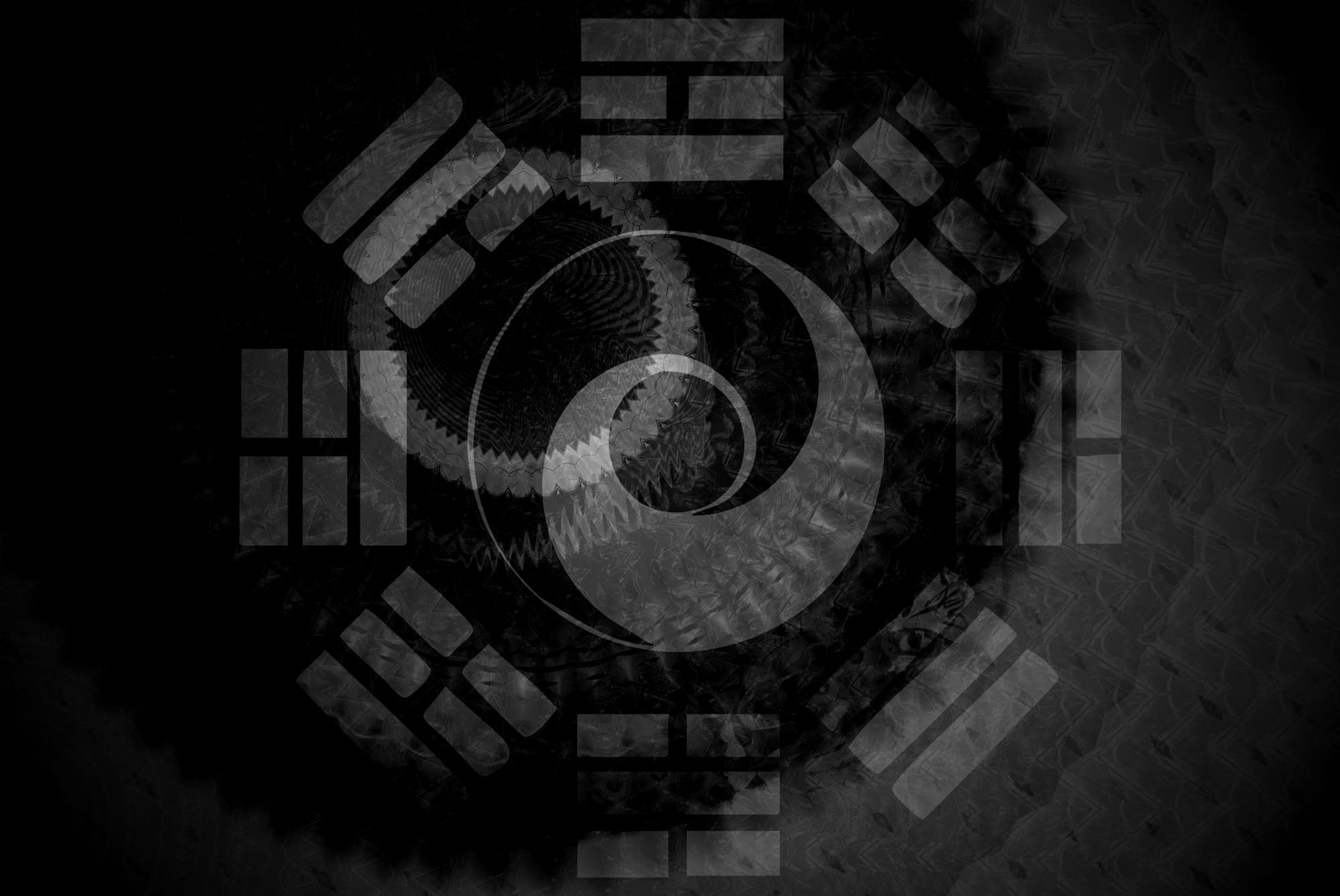
Pursuing Immortality
Pursuing the elixir of immortality is a central theme in Daoist alchemy. It is not a physical substance but rather a state of being achieved through transforming the self. The elixir is a metaphor for inner alchemy, which involves transmuting the self from impure to pure.
A practitioner seeks spiritual purity, longevity, and immortality through Daoist alchemy. Spiritual purity involves cultivating virtues such as compassion, wisdom, and humility. Longevity consists of the maintenance of physical health and well-being through the cultivation of inner energy. Immortality involves attaining a consciousness that transcends the physical body and is believed achievable through Daoist alchemy.
The Practical Reality of Immortality
Our article compares the perspectives of Daoism and Vedic traditions on immortality. The article is highly informative and comprehensively analyses the similarities and differences between these ancient belief systems regarding attaining eternal life. It delves into the various philosophical concepts and practices that are central to each tradition's understanding of immortality, including the role of meditation, spiritual cultivation, and the pursuit of inner peace. Whether you are a student of comparative religion, a spiritual seeker, or someone curious about immortality, this article will surely provide valuable insights and information.
Read more about Immortality:
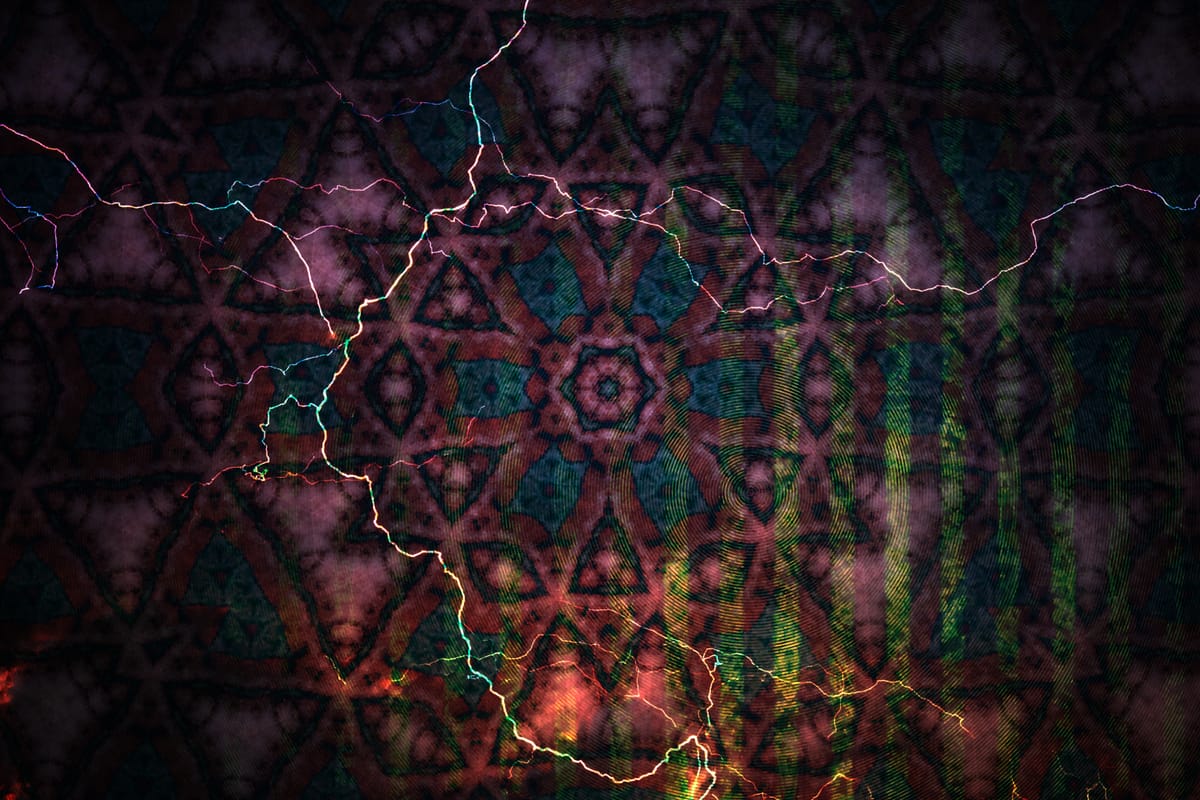
Harmonising Yin and Yang
Neidan is a practice that aims to harmonise the Yin and Yang aspects within oneself, leading to profound equilibrium and balance. This ancient tradition, rooted in Chinese philosophy and spiritual practices, utilises a combination of meditation, visualisation, and breath control techniques to cultivate the inner energy of the body and mind, known as Qi. Through inner alchemy, practitioners seek to integrate their physical, emotional, and spiritual energies, thereby achieving a unified and harmonious being. According to Daoist teachings, this practice's ultimate objective is to attain enlightenment and spiritual liberation, which is believed to be the highest goal of human existence.
Read more about Yin and Yang:
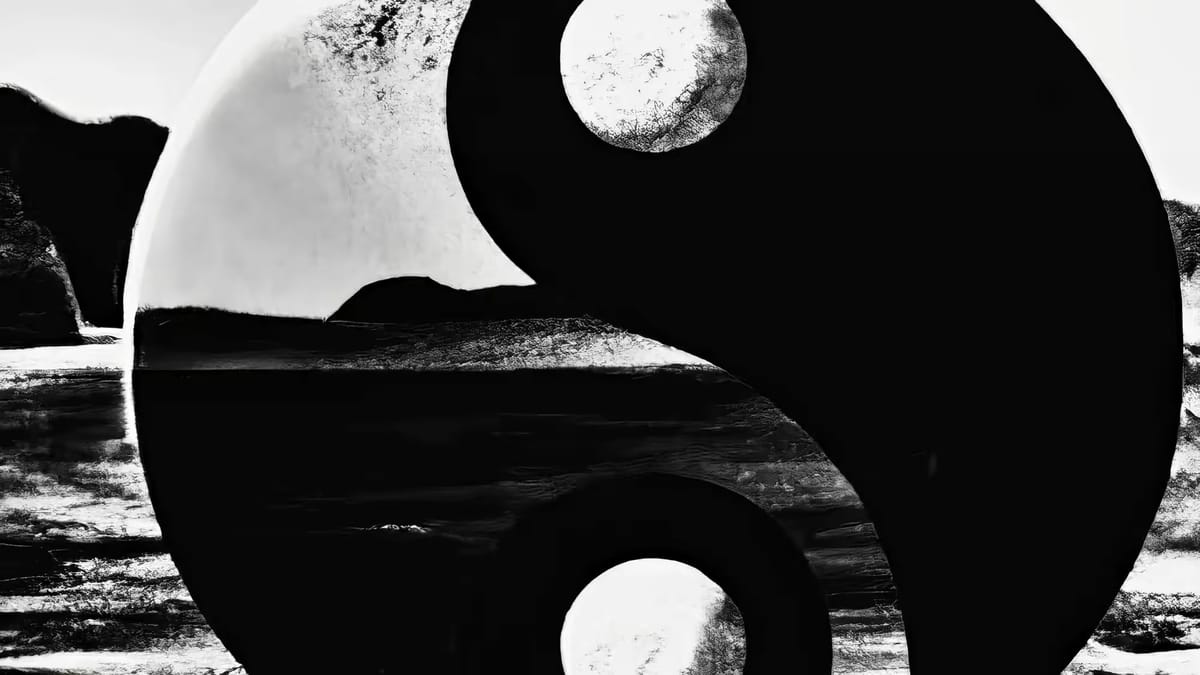
Our spiritual journey is always a new beginning to broaden our horizons. Whether we succeed or see beyond is not a question of achieving it but consistently trying to go beyond what limits our comprehension.

